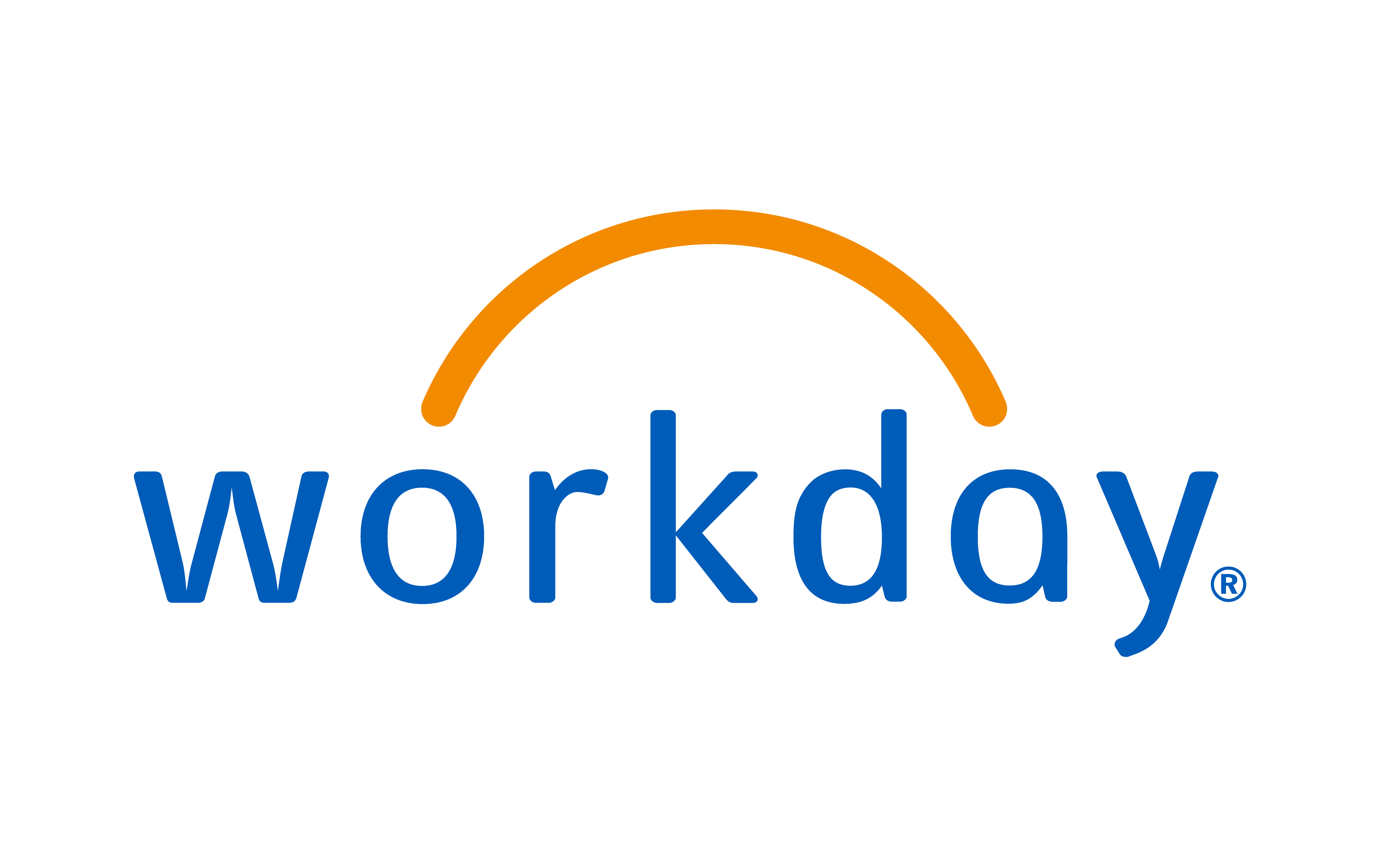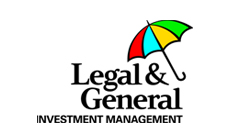
The bill had to be settled eventually. After record levels of quantitative easing, tighter monetary policies are being introduced in many countries around the world to get a grip on inflation. It’s creating an operating environment that a number of senior executives and Boards won’t have fully experienced before.
According to the International Monetary Fund (IMF), the rate of global growth is expected to decrease from 6.1 percent in 2021 to 3.2 percent in 2022. Matthew Blagg, CEO of Criticaleye, comments: “It’s evident that we are in a tighter economic landscape and this is playing out at different speeds around the world. It’s forcing executives to ask big questions around cost structures, investment strategies, financing and business resilience.
“Equally, it’s in these times that opportunities emerge, so it’s essential for leaders to have the energy and vision to look at the forward agenda. The real and present danger is for leaders to start dropping down into the business and becoming too hands on. It’s dangerous both strategically and personally as it creates burnout. What you need more than ever is open and honest dialogue in the top team to navigate ambiguity and challenge. By doing this, you drive high performance and maintain competitive advantage.”
At Criticaleye, we’ve interviewed a broad range of senior leaders to get their view on the economic outlook. This is what they had to say:
Venkataramanan Anantharaman, NED, Ecom Express and a Board Mentor at Criticaleye, argues many countries are now paying the price of overzealous quantitative easing
I have concerns about the next 12 months. There may be numbers showing a certain growth rate, but let’s not forget these are nominal rates of growth that include inflation. The real growth rate, in my view, is negative without a doubt once you remove the impact of inflation.
The challenge is that every Central Bank is trying to control inflation by increasing interest rates and it will have a natural consequence on sectors ranging from housing to retail. It’s the result of unbridled quantitative easing over the past several years and a lack of discipline in various countries. Added to this, there is a shortage caused by disruption to the supply chain, and then I’d say climate change is having a big impact. Take coffee as an example, prices have increased due to huge deficits in crops because of the damage caused by climate change.
I suspect the US will be the first to bounce-back economically. Europe has structural issues to deal with, such as its dependence on Russia for energy. Looking at other countries and regions, I feel Japan will be neutral to positive. I think the Middle East will be positive given the price of oil and its ability to spend and invest, even if they are more careful. Africa has been dependent on commodity cycles and naturally that may be tougher during a slowdown.
Asia has two stories – China is, in my view, in a negative position overall given what's happened in terms of the Covid lockdowns and the real estate bubble (which had to burst), whereas India, I think, is positive overall. We are seeing the benefits of the Goods and Services Tax, which came in for a lot of criticism. More companies are compliant and it is slowly moving the country away from a cash economy and allowing the Government to invest in hard infrastructure, such as roads, ports and railways, as well as healthcare and education.
The big new trend that’s happening in India is the surge in private equity. The discovery of India by private equity and venture capital funds, and an increasing investment by homegrown VCs, signals a fundamental change in supporting new entrepreneurs and the emergence of growth companies.
Mary Jo Jacobi, a NED at Weir Group and a Board Mentor at Criticaleye, comments that a significant political realignment is underway globally, making it more important than ever for Boards to test their strategic plans
There is a debate in the US about whether we're even in a recession. I was taught that two consecutive quarters of negative growth mean you’re in recession, which is what’s happened. So, to me, it’s pretty clear that a recession has begun, and I'm also reminded of the old joke that a recession is when your neighbour is unemployed and a depression is when you are.
The most likely scenario for the US is that it will be short and shallow. If the Fed continues to raise rates, it could create a very sobering set of circumstances for the US economy. There is a complicating factor in that we're in full employment. Wages are continuing to rise due to labour shortages, which contributes to inflation, making the Fed’s job more difficult.
Globally, considerable political realignment is underway. I’m not sure even the most seasoned policy executive really understands yet what that means. Certainly, the war in Ukraine was not a surprise; Russia has been threatening for a long time and the only thing that changed is they actually invaded. What is more troubling is China. Depending on what you read and who you believe, there are real weaknesses in China's economy. From a consumer perspective, the West is much more dependent on China than it ever was on the former Soviet Union or on Russia (aside from an energy perspective). So, we have to watch developments in China closely.
In a period like this, I’d expect Boards to be stress testing their strategic plans… At some point, whether it's now or down the road, there will be a real recession, which means Boards need to ask now: ‘How resilient are we against a downturn?’ They need to assess whether their plans are sufficiently agile to move within a recessionary environment to maintain the well-being of employees, to maintain share price for investors and shareholders, and to keep stakeholders onside.
Stephen Harrison, CEO of Forterra, a building supplies and materials company, acknowledges the challenges but sees opportunities for growth, particularly through the transition to Net Zero
We're in a fortunate position due to high domestic demand in the construction sector and high barriers to entry. We’re not experiencing some of the challenges to the degree you’re seeing in other sectors, especially those that rely heavily on imports.
However, there is an economic squeeze. The raw materials that we buy are energy intensive and therefore we are seeing significant cost inflation hit our business – it’s like nothing we’ve seen before. We are passing this cost on as any alternatives to our products also have similar levels of inflation. At the same time, the supply chain is quite constrained and there is very little inventory.
I think there are questions around what these costs mean if they keep rising. At what point do people stop doing construction projects, building houses, extending houses, building commercial buildings, because it just becomes unaffordable? You would think that people are going to make choices about what they spend their money on if energy bills keep rising like they are.
It’s making us look even harder at decarbonisation and energy usage. The shift to Net Zero creates a significant market to go at and the return on investment has become more attractive. It presents a real opportunity to drive growth.
Over the next 12 months, I’d say the key risks in the UK are around energy, ongoing labour costs, inflation, and industrial unrest.
David Kirkpatrick, Partner, Jamieson Corporate Finance, says that deal volumes are dropping as access to debt gets tougher
We’re definitely seeing a slowdown in M&A activity in the UK market. The first quarter was really busy, but we think that was supported by an overlap from the high volumes we saw last year and included deals that took a while to execute. Since then, there’s been a noticeable softening of the PE market as debt has been harder to source at the levels required to support deal pricing.
On our transactions, buyer pools have thinned and late-stage pricing renegotiations are more common in order to get an exit across the line. In terms of the buyer mix, we’re seeing private equity houses, family offices or alternative capital providers, strategic trade buyers and corporates which is a bit more diverse than we've been used to over the last few years and that probably comes down to general macro-economic concerns and how buyers are financing their acquisitions. For instance, corporates can leverage their existing banking packages and still meet vendor price expectations, whereas a PE house might struggle now to bridge the gap due to availability of third-party debt. And we don’t expect the debt markets to open up any time soon.
As you might expect, the attractive sectors continue to be healthcare and tech, particularly those that support the Cloud, have recurring revenues and have a higher operating margin. Financial services is also fairly active, especially where there is the potential for buy and build. In the public markets, save for energy stocks, share prices are underperforming and given the ongoing devaluation of GBP, I’d expect well-performing UK listed assets to be attractive to US and other overseas buyers in take private transactions over the next 12 months.
John Godfrey, Director of Levelling Up at financial services and asset management firm Legal & General, argues that the funding is available in the UK for investment in infrastructure and the built environment to deliver long term, sustainable growth
Investment will be the key to recovery. The UK has been under-invested for forty or so years and this needs to be put right.
If you start with the built environment, a lot of cities require significant investment to thrive and grow. To create urban regeneration, you need better housing and the right infrastructure. So, a life science or a tech-driven economy must have the right laboratory facilities, the right science parks, and so on. It is happening, but more is required.
At L&G, we’ve partnered with universities and invested significant sums. One site is now home to over 200 start-ups in the life science and tech spaces mainly, creating two-and-a-half thousand jobs. If you roll that forward ten years, you can see the rate of growth is exponential. Then there is housing, where there is a huge shortage, especially social and affordable housing. We’ve formed partnerships with businesses and local authorities, such as the West Midlands Combined Authority, to create new housing and we feel it’s an approach that can be transformative.
There's no shortage of money. If you think of the amount of institutional capital there is sitting around L&G, we manage £1.3 trillion worth. If you look at the UK market as a whole for Defined Benefit and Defined Contribution pension funds, it’s about £2.7 trillion. When significant sums are invested in new economic sectors and growth companies, that’s when you've really moved the dial and that’s what we need – more infrastructure investment. It is an area where the Defined Benefit pension system can make a difference, because these are long-term, capital-intensive projects.
It’s an approach that extends to renewables and climate. More can be done with investments in offshore and onshore wind, as well as solar nascent technologies like carbon capture and storage.
This is exciting stuff and there is the money to do it.
Jagdish Belwal, a Board Mentor at Criticaleye, is optimistic about changes in India that are helping to accelerate growth
The outlook as far as India is concerned is encouraging due to three factors. Firstly, companies are looking for an option other than China for manufacturing – it is being referred to as ‘China plus one’. Secondly, there is pent-up demand, especially in the services industry. Thirdly, I think that the supply-chain disruption seems to be coming under control as businesses are figuring out how to operate.
The Government’s ‘Digital India’ initiative is making the economy more connected by data. The digital governance push is making it speedier to do business, reducing bureaucracy and access to information. It’s a huge transformation and the leakages in the system are steadily getting reduced. In a way, India is rapidly moving away from an informal to formal economy.
Combine this with the huge amount of investment in infrastructure like ‘Gati Shakti’ and the ‘Make in India’ initiative and you start to get the full picture. The former aims to bring down logistics costs and cycles, while the latter focuses on manufacturing and production within the country, rather than importing. These are some serious drivers for growth.
For Boards and CEOs, I think they need to be cognisant of where the opportunities are, such as through digitisation and 'Make in India'. But India cannot be insulated to the global economic risks. Therefore, they must build business resilience by constantly looking at supply chains, inflation, sustainability – refining their risk management frameworks.
Arya Ghassemi, Content, Criticaleye
Check out our latest Asia Leadership Research report 2022 by clicking here
Key Findings Include:
- China, India and Vietnam are the top three countries companies are targeting to drive growth in the next 12 months
- 47% are confident that the rate of growth in the Asia region will increase over the next year
- Only 5% have a similar degree of confidence in the rate of growth for the global economy


























 (002).png)